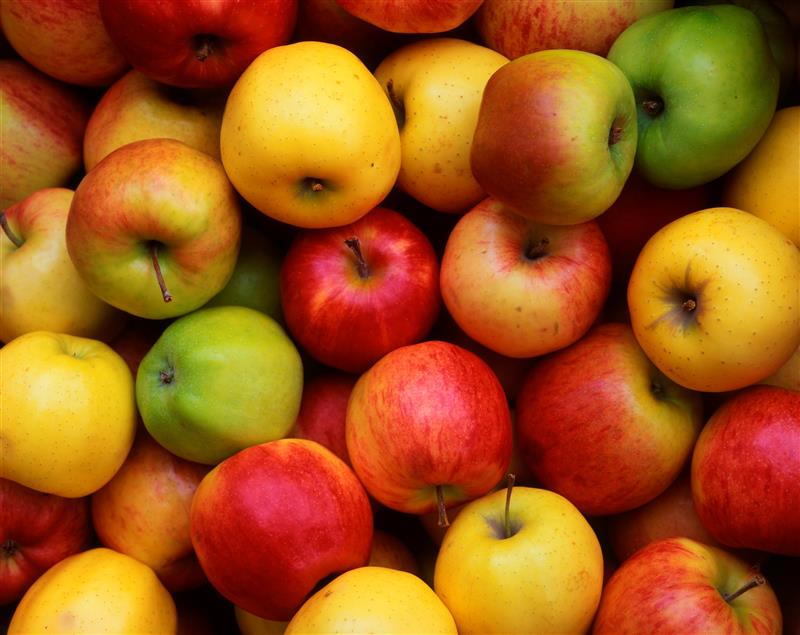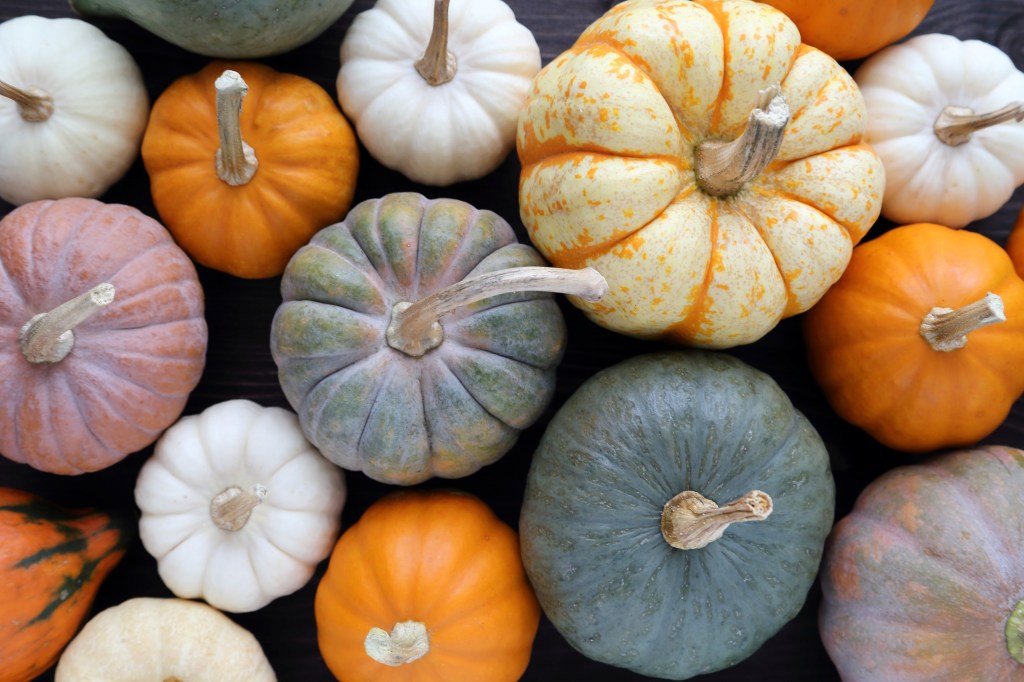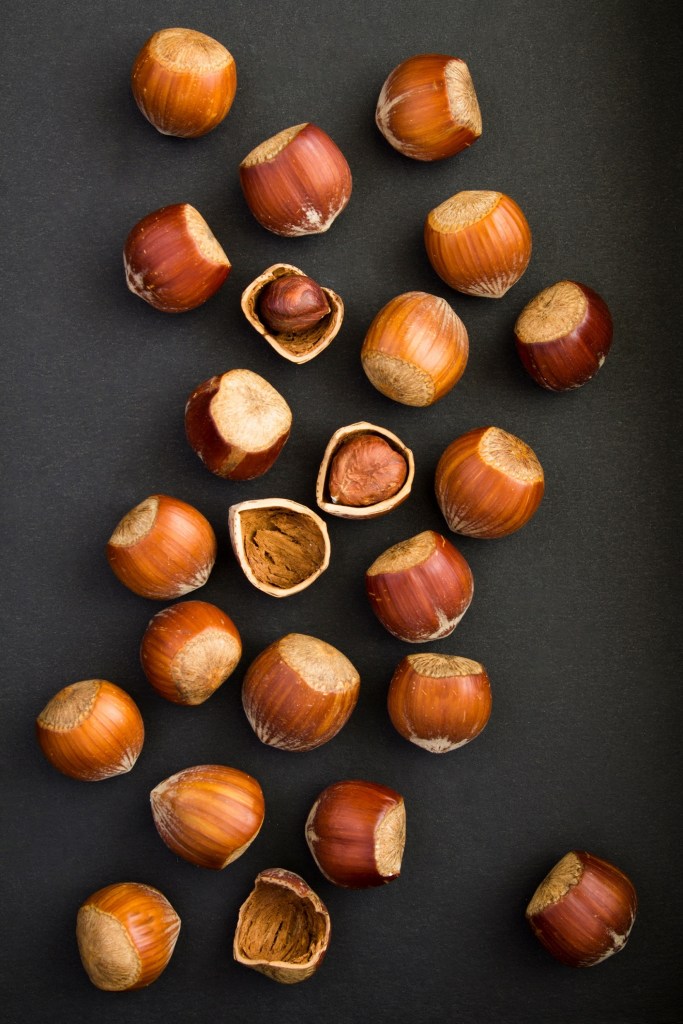Eating with seasons : Welcome to Autumn
Summer is behind us, the kids are back at school… Market stalls and supermarket shelves are beginning to display produce that has thrived and ripened under the summer sun, ready to help us create vitamin-filled, bright-coloured plates before the arrival of winter. Here is our easy to follow guide.
Apples

Delicious, versatile, practical to eat on the go: they are undoubtedly the popular fruit par excellence. Available all year round, they are sweeter and juicier during the main harvest period, between August and the end of October. Green, red or yellow, the many varieties offer tastes and textures that range from tart to sweet, and from tender to crunchy. Another advantage: apples can be stored for a long time. Opt for firm fruit with a smooth and shiny skin, sort it well and keep it flat in a crate or on a shelf, well-spaced, in a cool and ventilated room. Rinse well before eating.
Some ideas:
Apples are perfect to crunch as they are. But they can also enhance your salads (with endives and walnuts, for example) and your desserts, whether baked in a traditional apple pie or as a compote, with the addition of spices (cinnamon, star anise, etc.) rather than an excess of sugar.
Nutritional benefits:
While the adage “an apple a day keeps the doctor away ” is a slight exaggeration, apples are still a great addition to a healthy diet, especially for their fiber, pectin and antioxidant content. Ideally, they should be eaten with the skin, which is why it is important to prefer organic or untreated fruit – and washing them in water before eating.
Squash
With their bright colors and unusual shapes, they stand out as soon as they arrive on the shelves. Orange, green, white, sometimes even blue or adorned with impressive wart-like markings, they surprise and intrigue. October is the month during which squash – and particularly the pumpkin – are the star of the show, culminating with the celebration of Halloween on the 31st. While it is not advisable to eat the flesh of a jack-o’-lantern (candles, bugs and the hands of “artists” or insects can cause bacteria to thrive), squash and pumpkins are a safe bet on family menus from autumn onwards. They can be stored whole for a long time in a dry and temperate place, and will keep for longer if the stalk is still attached.

Some ideas:
The flesh of the squash is ideal for making a tasty soup that appeals to the whole family. They can also be roasted, whether in pieces or simply hollowed out. This longer baking time allows the skin to soften – it can be removed more easily once cooked, or eaten to ensure an even higher fibre content. The slightly sweet taste of some varieties is ideal for making muffins or cakes, and can replace part of the butter or fat used in the process. Don’t neglect the delicious seeds, which can be dried in the oven and enjoyed in a granola or as a garnish for soup.
Nutritional benefits:
Rich in fibre and water, the orange flesh is full of carotenoids, which have benefits for the skin or the immune system. It also contains lutein, which can help protect our eyes from free radicals. Pumpkin seeds are high in protein.
Walnuts and hazelnuts

They can be eaten throughout the year, but hazelnuts and walnuts are at their peak between September and October (for hazelnuts) and September to November for fresh walnuts. Enjoy searching for the most beautiful specimens at the market or in the woods, making sure that the shell is still intact, and shaking them to make sure that the fruit has not dried in its husk. To store them whole, be sure to leave them in a crate or basket and move them around them from time to time to allow air to circulate. Shelled nuts can be stored in airtight jars away from direct light, and can also be frozen.
Some ideas:
Once the shell has been broken (using a nutcracker or any other utensil), the fruit is ready to be eaten. Whole, broken or ground, they are ideal for creating delicious pastries or to add texture to a granola. Toasted in the oven or in a pan (be careful to keep an eye on them as they burn quickly), they can be sprinkled on a salad or soup.
Nutritional benefits:
Walnuts and hazelnuts are full of nutrients, from vitamins (especially B vitamins) to minerals, including iron, magnesium, zinc and copper. They are also rich in fibre and protein. These oleaginous fruits are very high in polyunsaturated fatty acids, which makes them beneficial in protecting against cholesterol and other cardiovascular diseases – but this means that their caloric impact is also important. A small handful a day is enough to reap all the benefits.